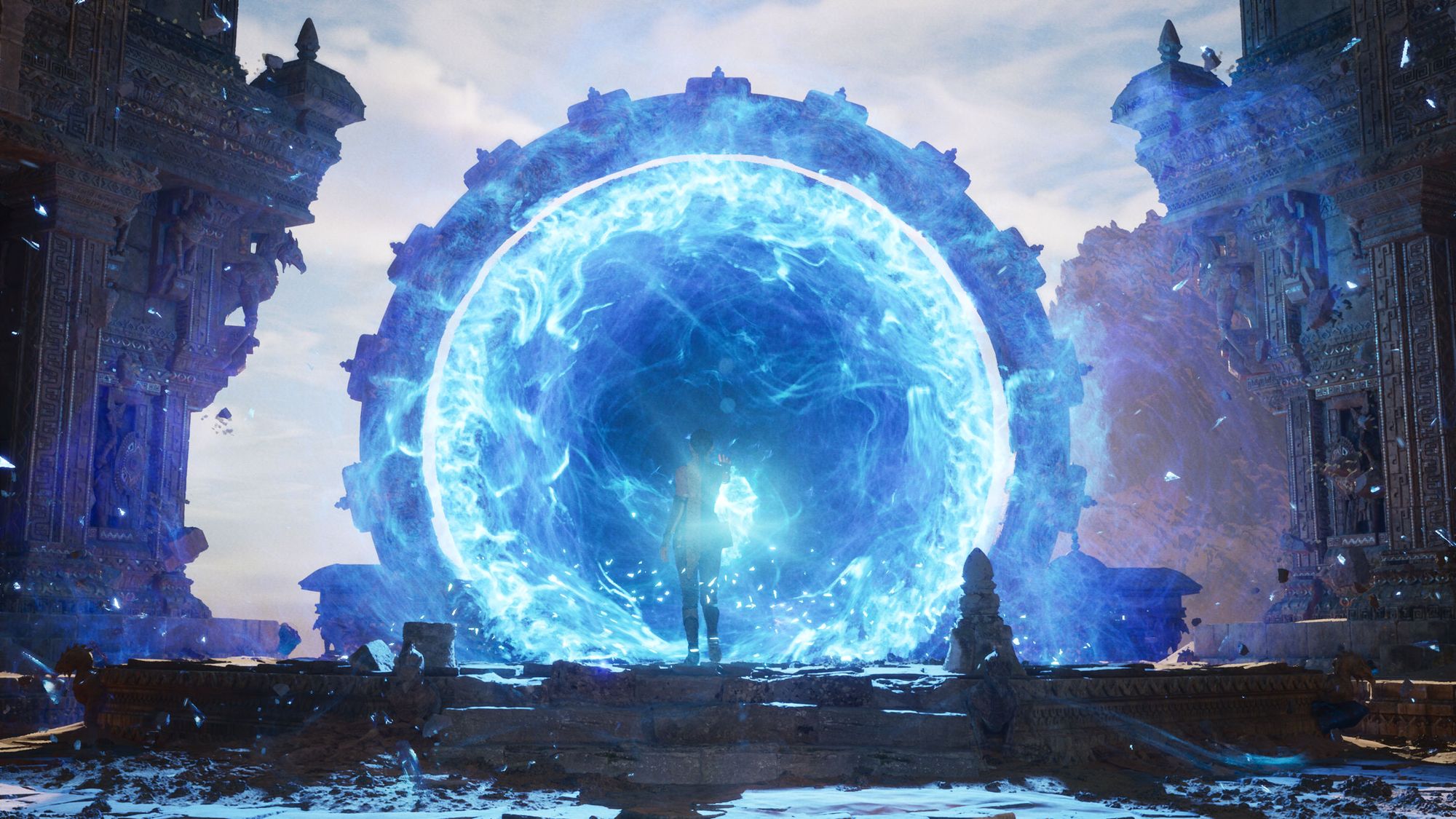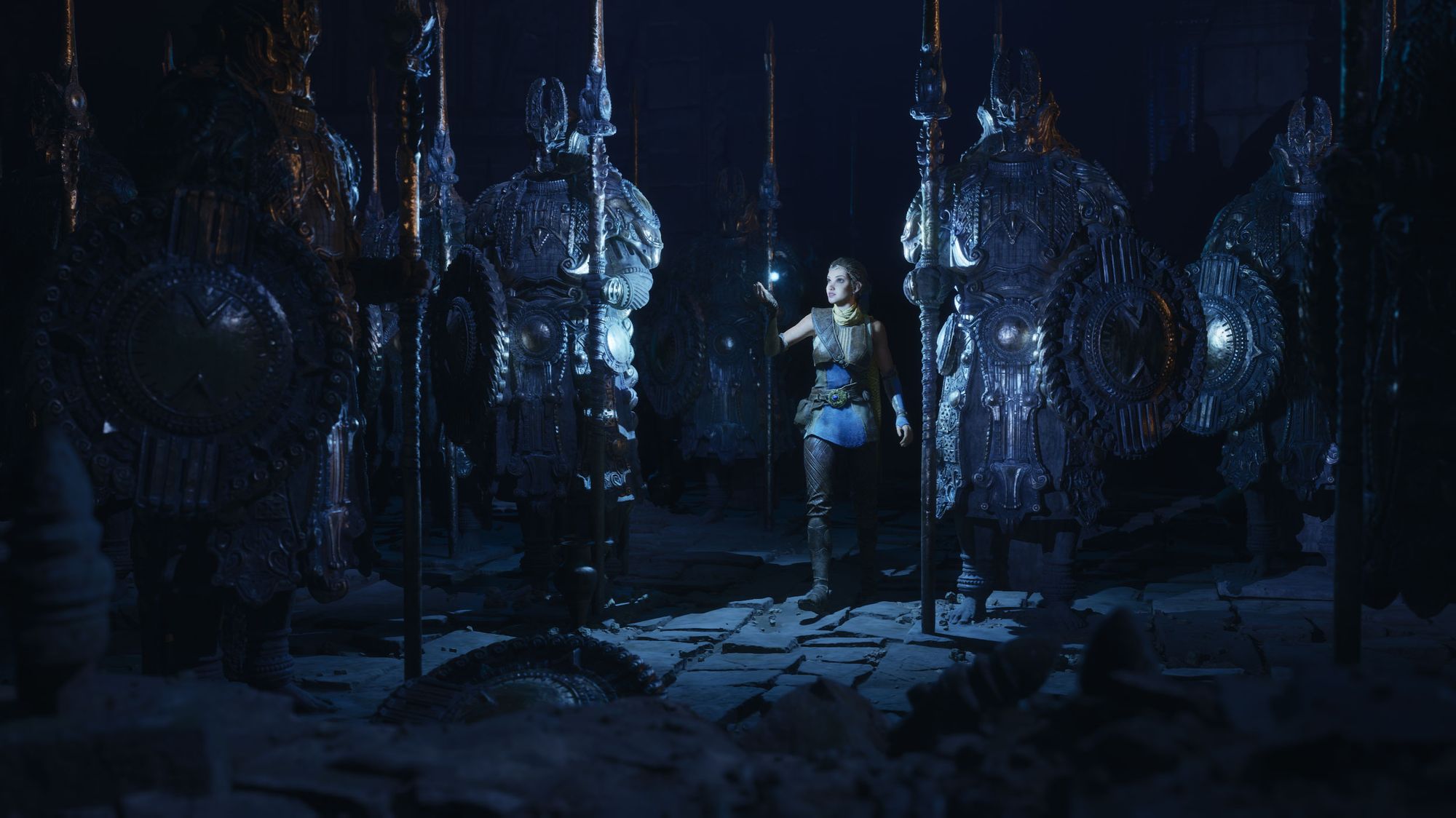Will Unreal Engine 5 Turn the Tables on Next-Gen?
Breaking down Epic Games’ vision of the future

Since 2018, industry talk has inevitably turned toward next-gen systems. PS5, Xbox Series X, and the potential competition have been on everyone’s minds. Endless speculation about SSD drives, teraflops, and backwards compatibility have dominated the headlines. Yet few have talked about how new games will actually look.
With the COVID-19 pandemic throwing a wrench in the usual media cycle of 2020, details have been nearly absent regarding the next-gen systems. Even so, the feeling was that this generation wouldn’t make the same visual leap as previous ones. Graphics have typically been the touchstone that gamers use to identify why they want to upgrade to a new system.
With each successive generation, those visuals have crept closer to photo-realism, seemingly leaving less room for improvement. Thus, gamers have been cautioned to expect less difference than usual between a late current-generation game and a “launch window” next-gen title. That was until this week, when Epic threw the cover off their new tech.

The reveal of Unreal Engine 5, which debuted running on PS5, caused a bigger stir than was perhaps expected. The collective shrug generated by the Xbox Series X third party showcase earlier in the week was one reason. The other was really just how good the tech demo for the engine looked. The impressive video, narrated by Epic’s architects, showed off two new systems that drive the tech.
Go watch it, we’ll wait for you.
Next-Gen Graphics
The first of these systems is called “Nanite”, and it is responsible for much of the leap in graphical fidelity evidenced in the video. Put simply, it has reduced the size of the polygons which make up every visible element in a game. These polygons are so incredibly small as to be imperceptible to the eye. The result is on-screen objects looking just like their real-life counterparts.

Back in gaming’s nascent 3D era, polygons were so large that a character’s arms and legs looked like a few triangles stuck together. Think about Cloud (shown here), the main character in Final Fantasy VII, released originally in 1997 on PlayStation.
Now, compare that to the character model shown below, all smooth skin and realistic fingers. The difference is striking, to say the least. Even more realistic are the grass, rocks, and pebbles on the floor of the cave. This is where the true potential of Nanite really shines through. The realistic look of those pieces is due to the near-microscopic polygons the tech can create.
Imagine what will be possible when developers have 3 or 4 years experience with which to learn and master this technology.

Dynamic Lighting
The other system on display in the tech demo is called “Lumen”, responsible for this next level of dynamic lighting. What we see in real life is truly dynamic, coming from many directions and sources all at once. It moves and bends and bounces across all surfaces. Game designers have struggled to recreate this same effect for years, with varying degrees of success.
In past generations, the light in a scene would be painted on, for lack of a better term. That means the “light” is actually part of the background, put there when the scene is rendered. It won’t change no matter what happens during that part of the game. This technical limitation lowers the sense of realism and immersion for the player and potentially limits what action can happen during the scene.
With the Lumen system, however, what was on display was truly dynamic. The video shows the light source changing places, directions, and angles, with the environment responding immediately and in realistic ways. The developers talk about how it ‘bounces’ across the surfaces, casting realistic shadows as if they were shining a flashlight across the landscape.

In a scene like the one above, older tech would struggle to show light in appropriate ways. Parts of the statues facing away from the light may have glowed with the same intensity as those parts directly next to the source. With Unreal Engine 5, the light is shown in the appropriate places, and with accurate intensity. Reflected light flickers believably across the room, in real-time, as the source moves.
While most players won’t care about perfectly lit textures, I’d wager they care about hiding in realistic shadows. Maybe turning up the flame on an oil lamp illuminates a hidden door across the hall. Dynamic lighting affects all parts of the experience, in ways we probably can’t imagine yet.
The tech must be seen to be appreciated, but then, isn’t that the point?

Not Just Graphics
As an aside, I found the most impressive tech in the demo was that involving the sound. Throughout the beginning portion of the video, the cave is quaking and rocks are falling around the player. You could hear the crack of each rock and pebble as it hit the floor. It was even possible to discern the size of the rock from the sound it made. The designers said they had recorded audio in real caves, and the new tech made it possible to input that data directly into the gaming experience
With the investment that Sony has made into 3D sound technology on the PS5, it’s clear that audio will be a focal point for their next-gen efforts.
There’s a feeling that, finally, the curtain has been pulled back on the next generation of gaming systems. Locked-down gaming fans have been desperate for any scrap of news, making this cycle unlike any other in gaming history. With Sony rumored to be preparing PS5’s big reveal for late May or early June, the race is about to begin in earnest. Who will eventually win is the greatest of all mysteries, but it will doubtless be fun to find out.
